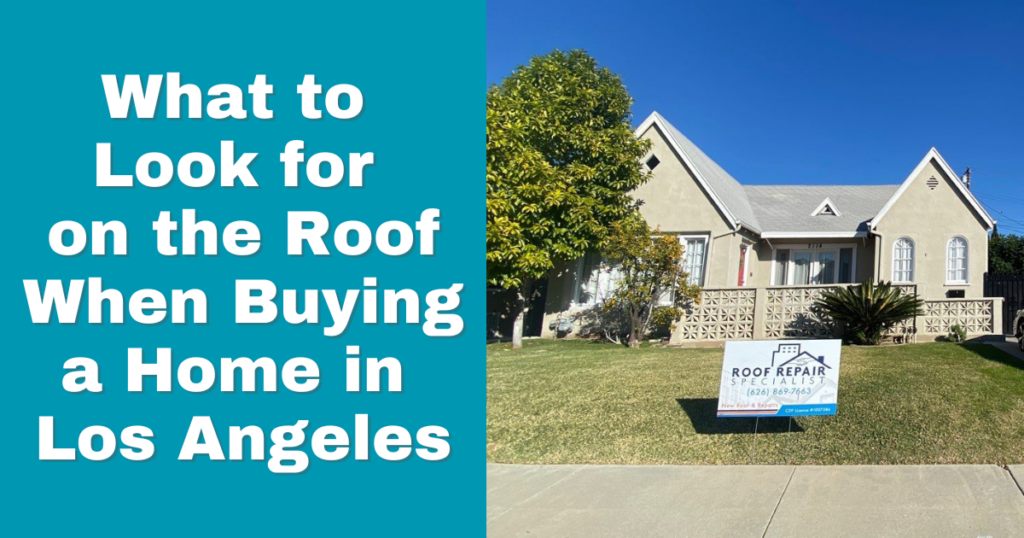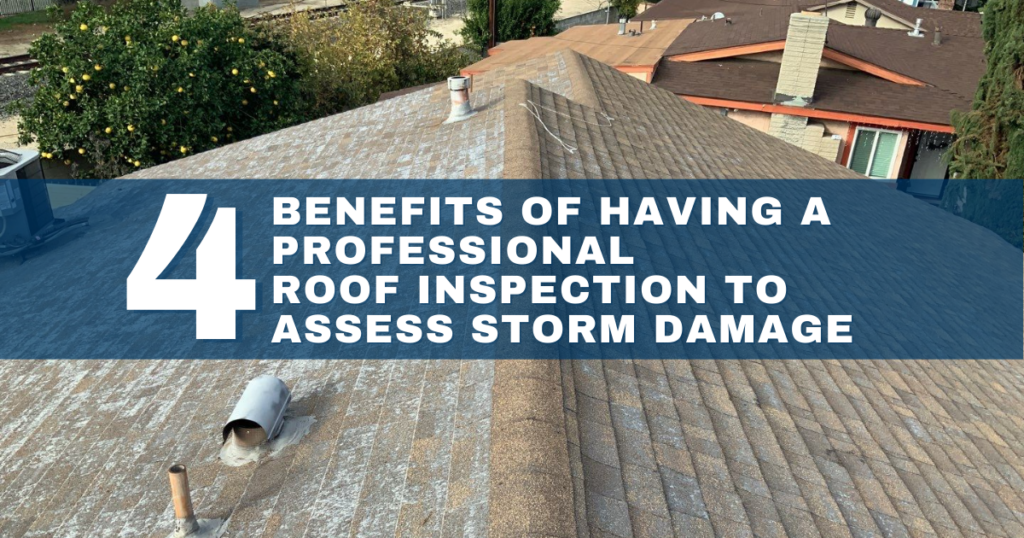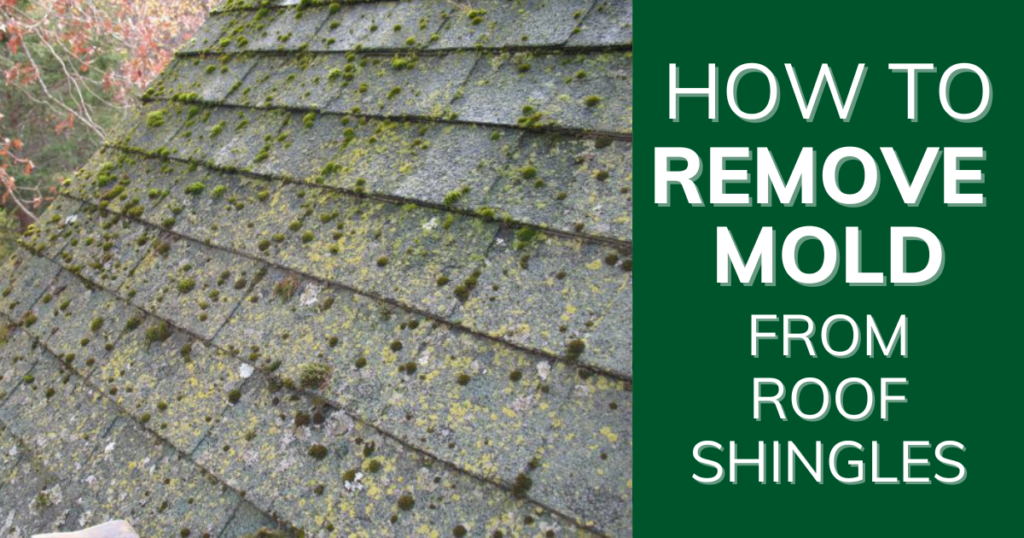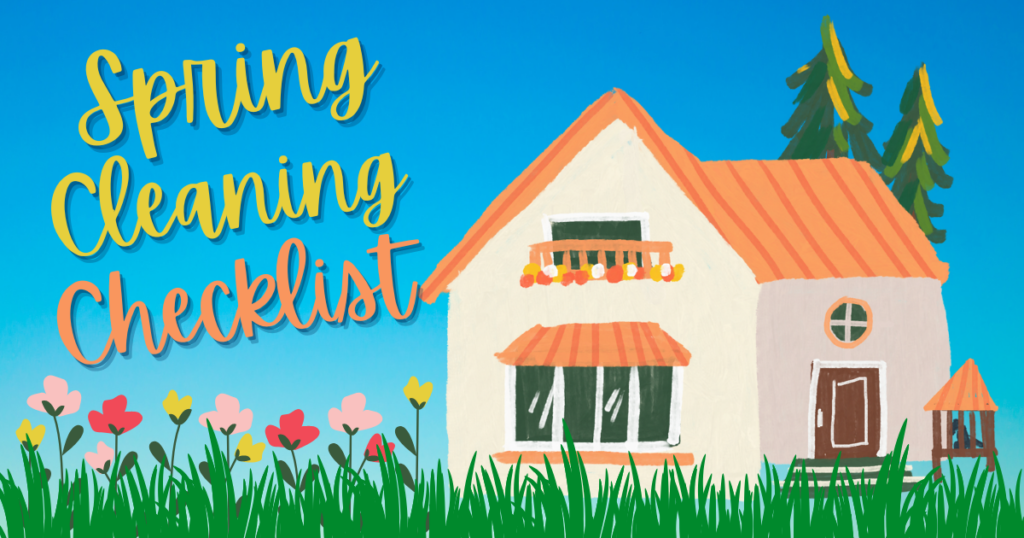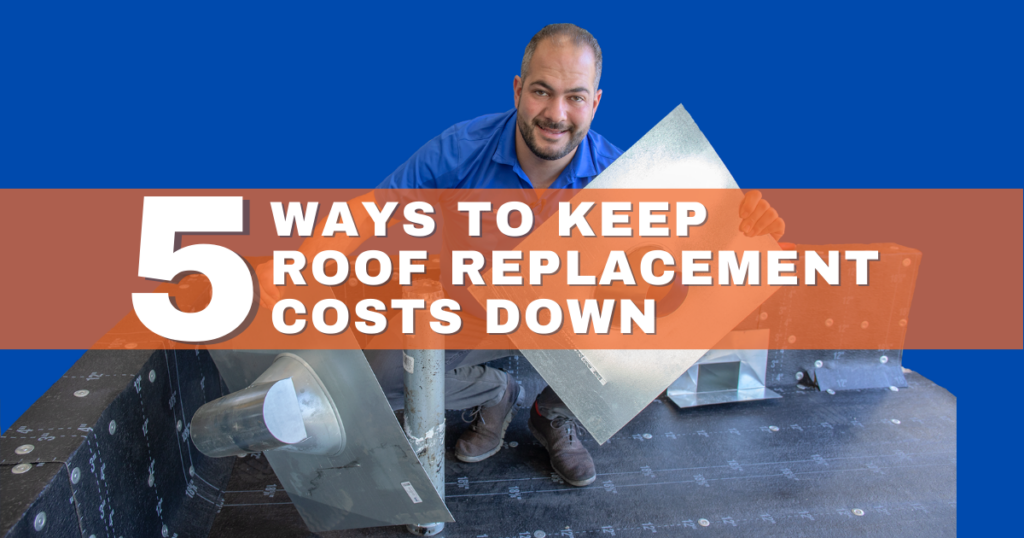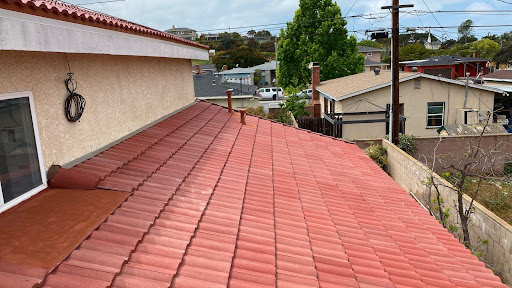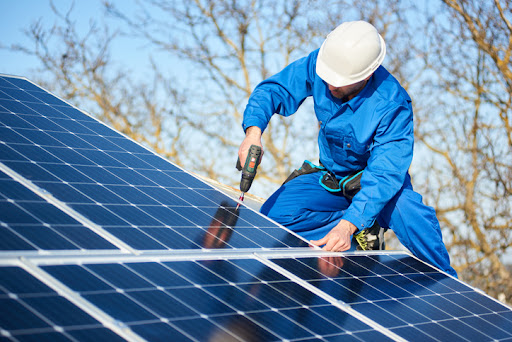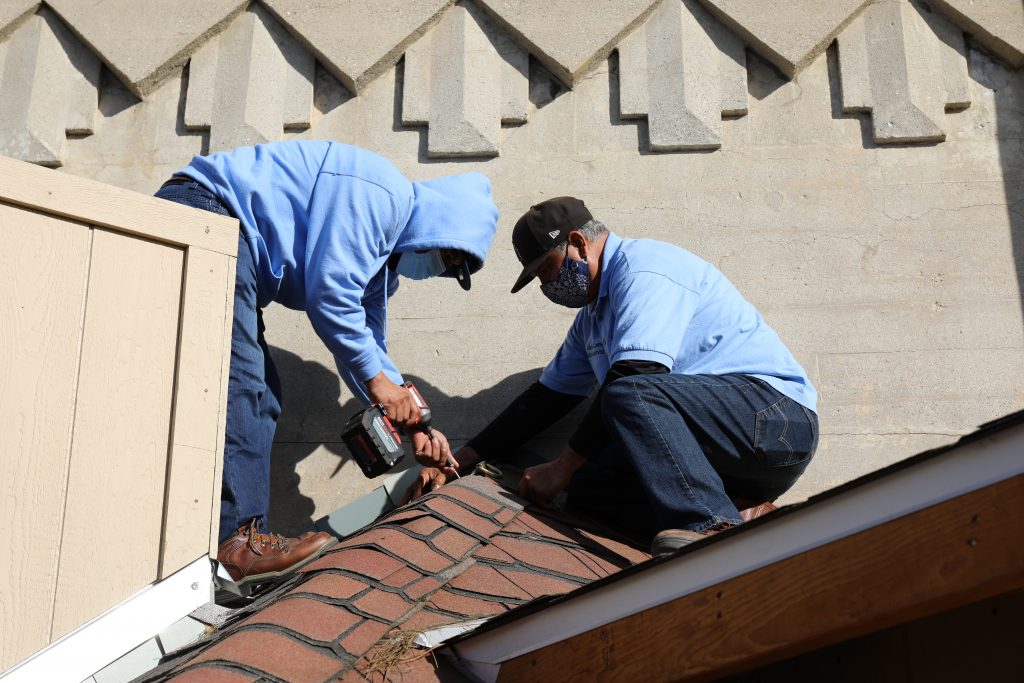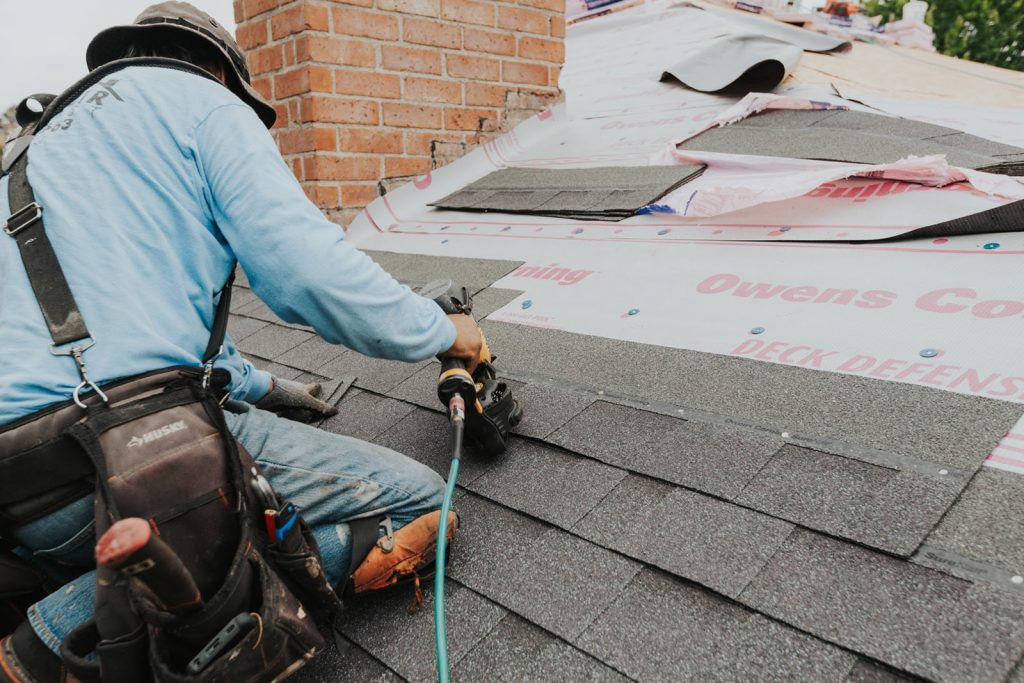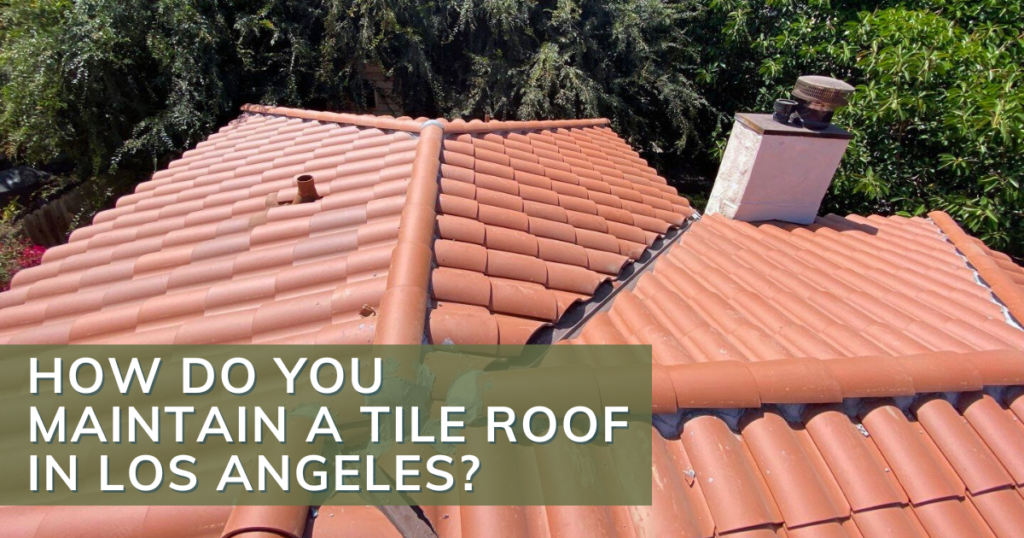
Tile roofs are trendy among Los Angeles homeowners for many reasons.
Not only are they beautiful, luxurious, and customizable to fit a wide range of aesthetic preferences, but they are also very efficient. They stand up to common problems like moisture, inclement weather, pests, and physical damage better than other materials like shingles, and they can last up to twice as long!
However, even with these great benefits, a tile roof is not indestructible. Any roofing company in Los Angeles would recommend performing regular maintenance activities such as roof leak repair and cleaning in order to preserve the quality of the structure.
Let’s take a look at five things that all homeowners should be doing to extend the lives of their tile roofs.
1. Get Professional Inspections at Regular Intervals
Professional roof inspections are the most important thing you should be doing for your roof, no matter what material it’s made out of. Many homeowners live in blissful ignorance of the problems brewing within their roofing structures until it is too late. Once the damage becomes significant, it can become much more costly to repair.
By hiring a roofing company in Los Angeles to perform a professional inspection at least once a year, you can catch these issues before they develop into bigger problems. It’s always better to have a simple roof leak repair or mold removal job done at the earliest stage possible to avoid devastating structural damage.
2. Keep Your Roof Clean
Cleaning your roofing structure is just as important as repairing it. This is not just an aesthetic preference, although a clean roof will always look better than a dirty one. Roofs that are thoroughly washed and tidied regularly are less likely to experience significant wear and generally have longer lifespans than neglected roofs.
Roofing experts recommend cleaning your tile roof at least once a year. This can be done using a pressure washer and a gentle cleaning solution free of harmful chemicals. You can always call your local roofers for assistance if you’re uncomfortable performing this task by yourself.
3. Don’t Allow Debris to Accumulate
It’s not uncommon for debris like tree branches and small objects to blow up onto your roof, especially if you live in a windy climate. If this debris is left alone to pile up, it can lead to more serious problems, such as clogged gutters and water damage.
Remove any foreign objects from your roof as soon as you notice them to prevent this from happening, or call a professional contractor for assistance.
4. Don’t Wait to Carry Out Repairs
If you notice cracks, breaks, or leaks in your roof, this is not a problem that you should put off for another day. The longer you wait to fix a simple roof leak repair, the more time the damage has to get worse and worse. If you wait long enough, you could be in for a shockingly expensive service bill.
Always contact your local roofing experts right away to handle these seemingly minor issues as soon as possible.
5. Install Flashing
Water damage is a huge concern when it comes to roofing maintenance. A great way to avoid moisture soaking into your roof during rainy weather is to install flashing.
Flashing is essentially a thin layer of water-resistant material that is placed around areas that are particularly vulnerable to collecting unwanted moisture, such as vents and chimneys. This directs rainwater down the sides of the roof rather than letting it seep into the structure.
Your Local Contractors Can Help With All Your Tile Roofing Needs!
A tile roof is a beautiful and value-boosting asset to your home – as long as it’s properly taken care of.
If some of these required maintenance tasks are over your head, there’s no need to worry. You can still keep your tile roof in excellent condition by hiring a top-rated roofing company in Los Angeles to assist you with the necessary steps.

